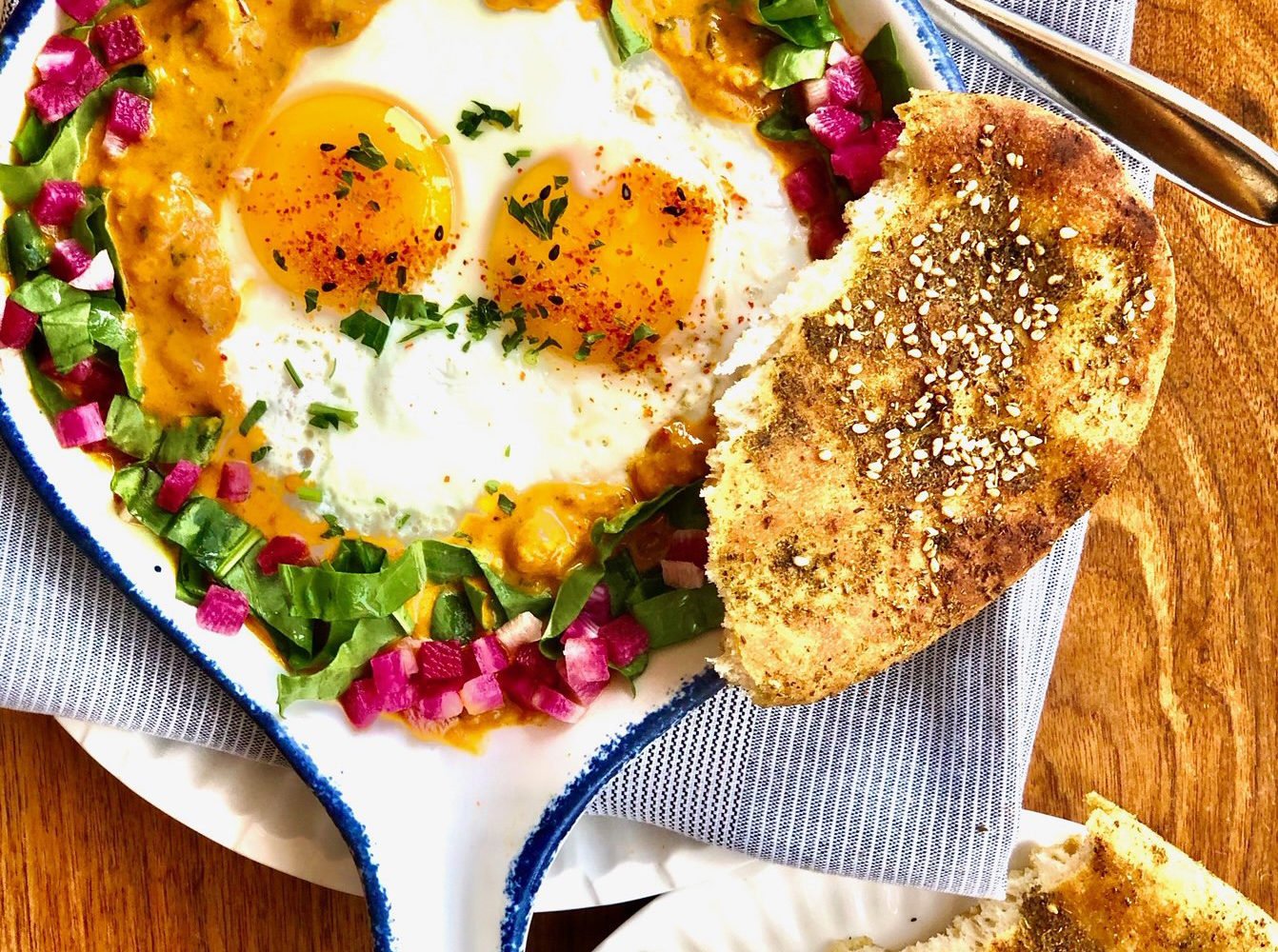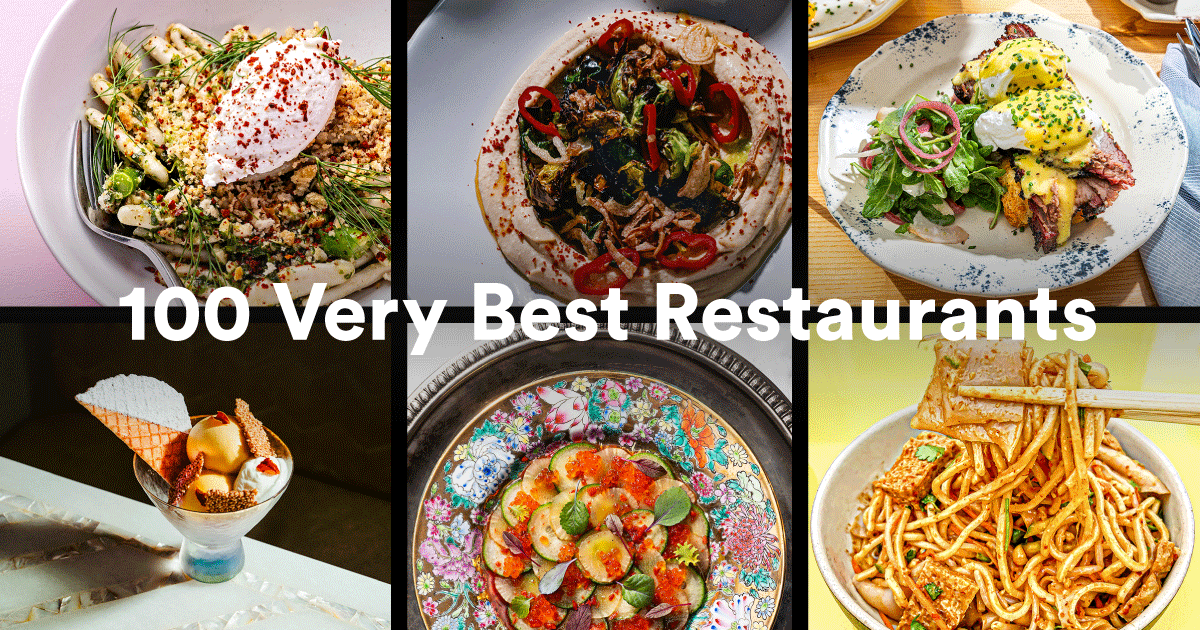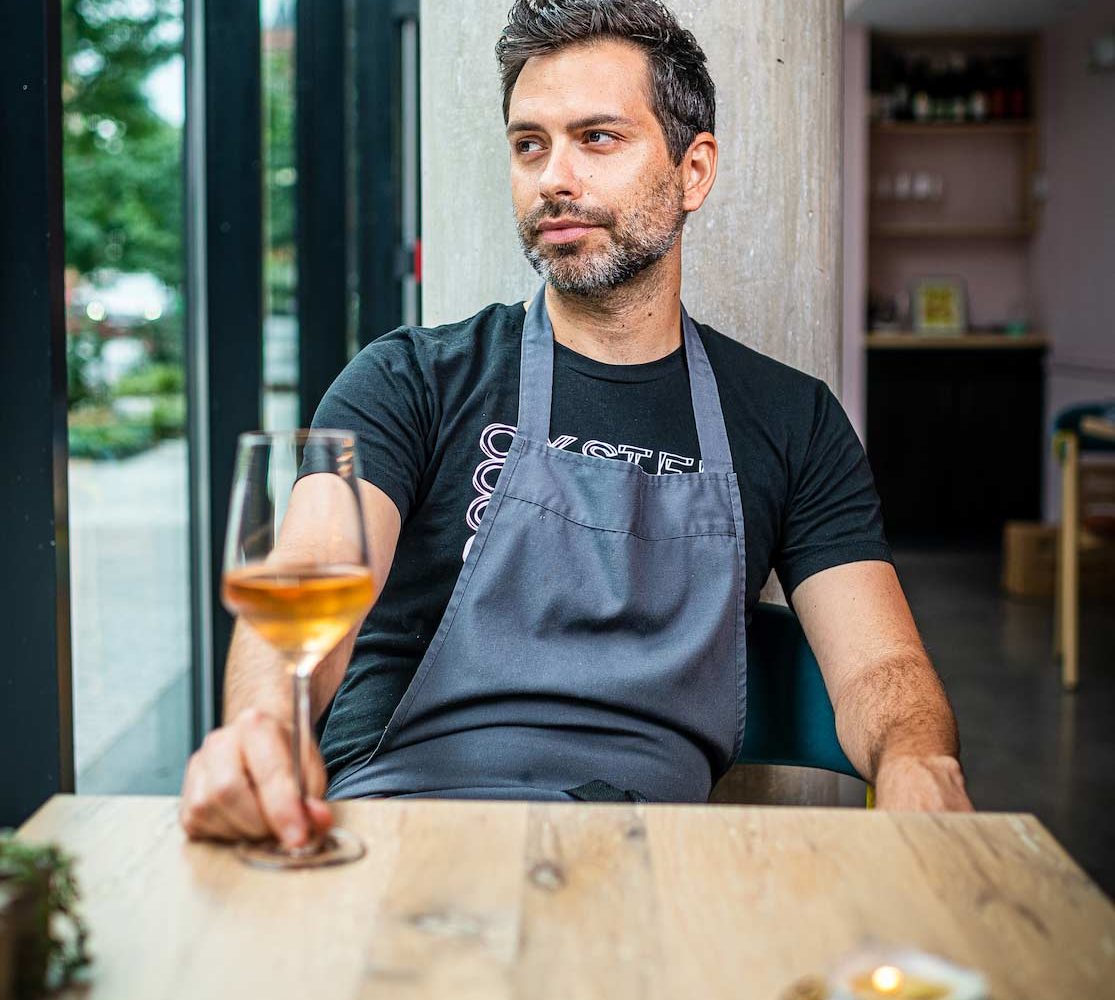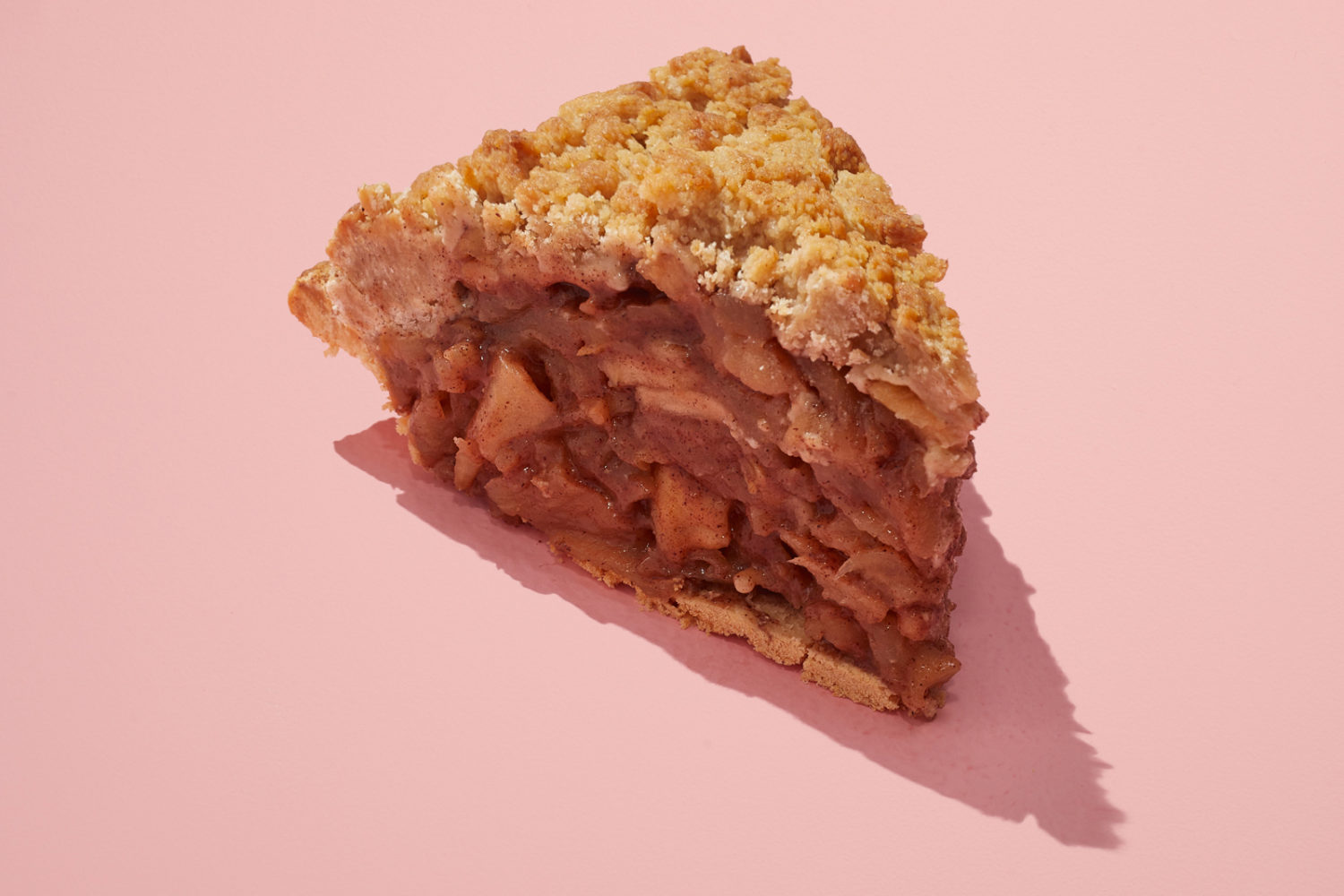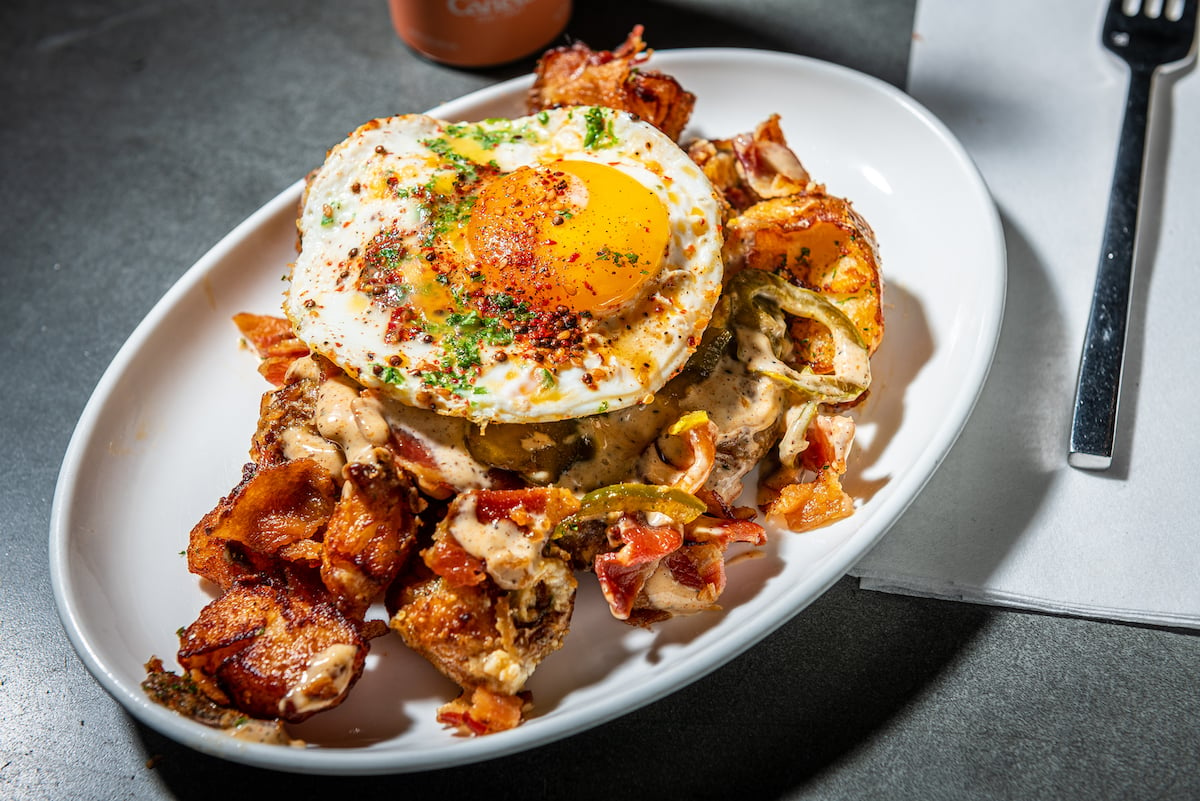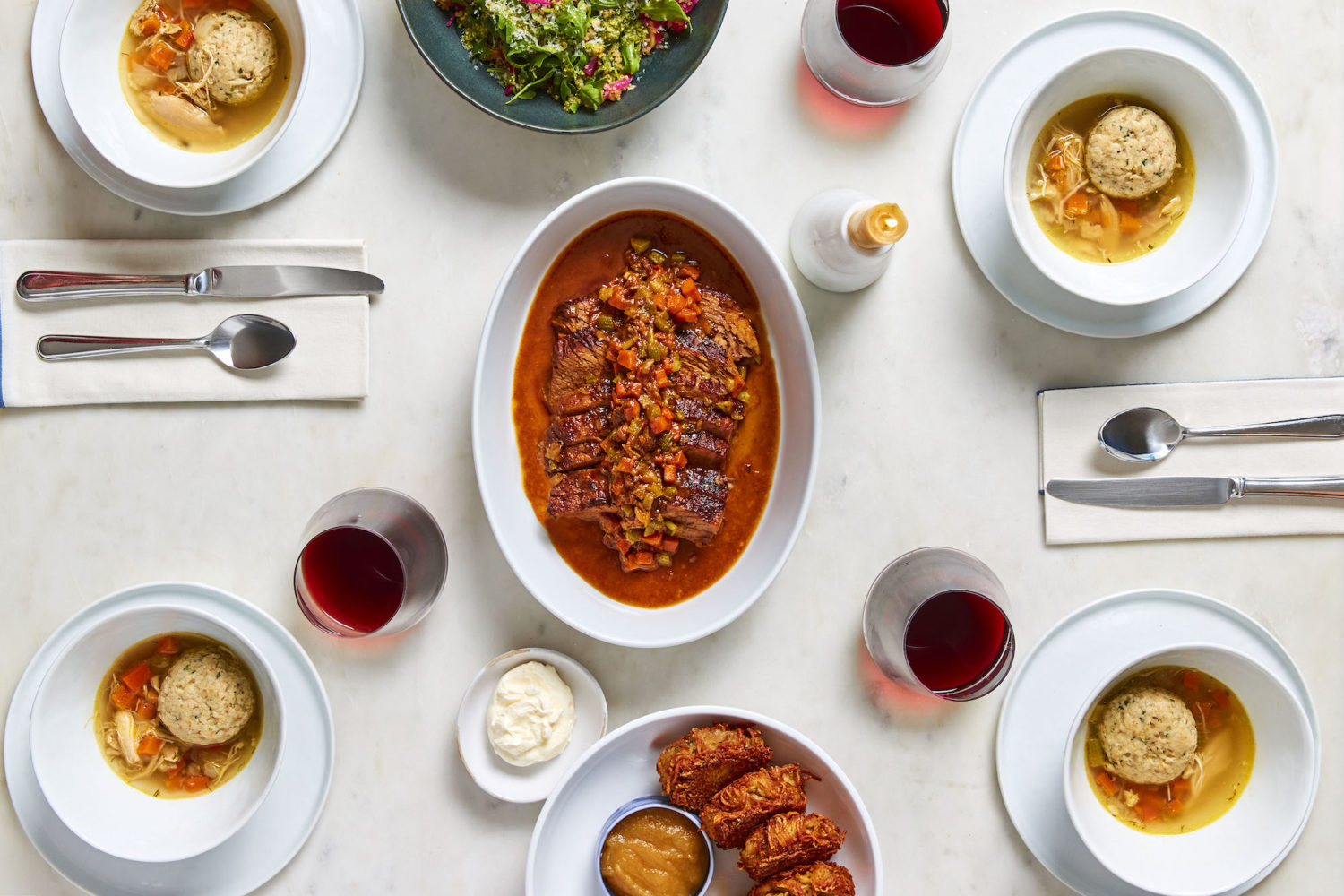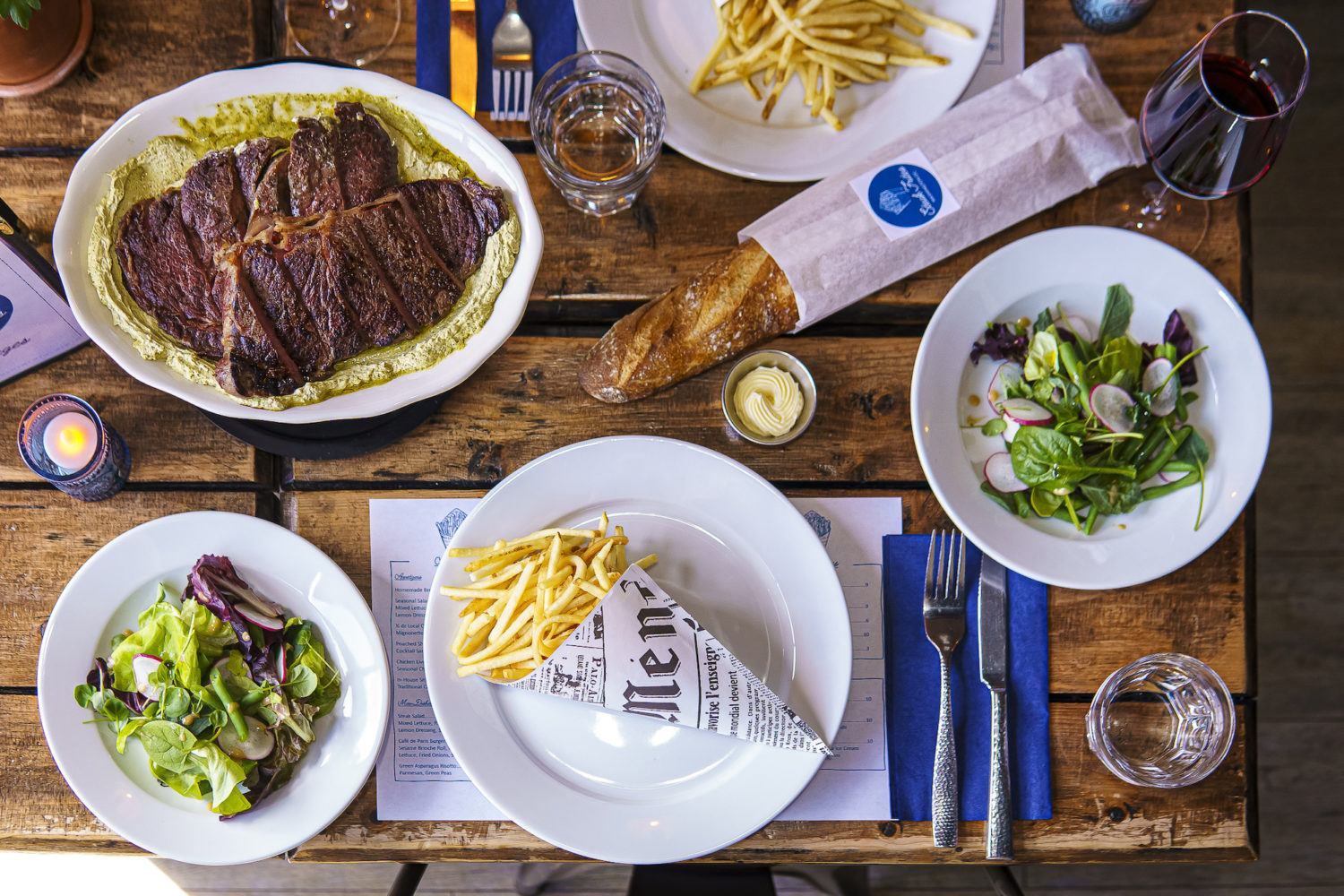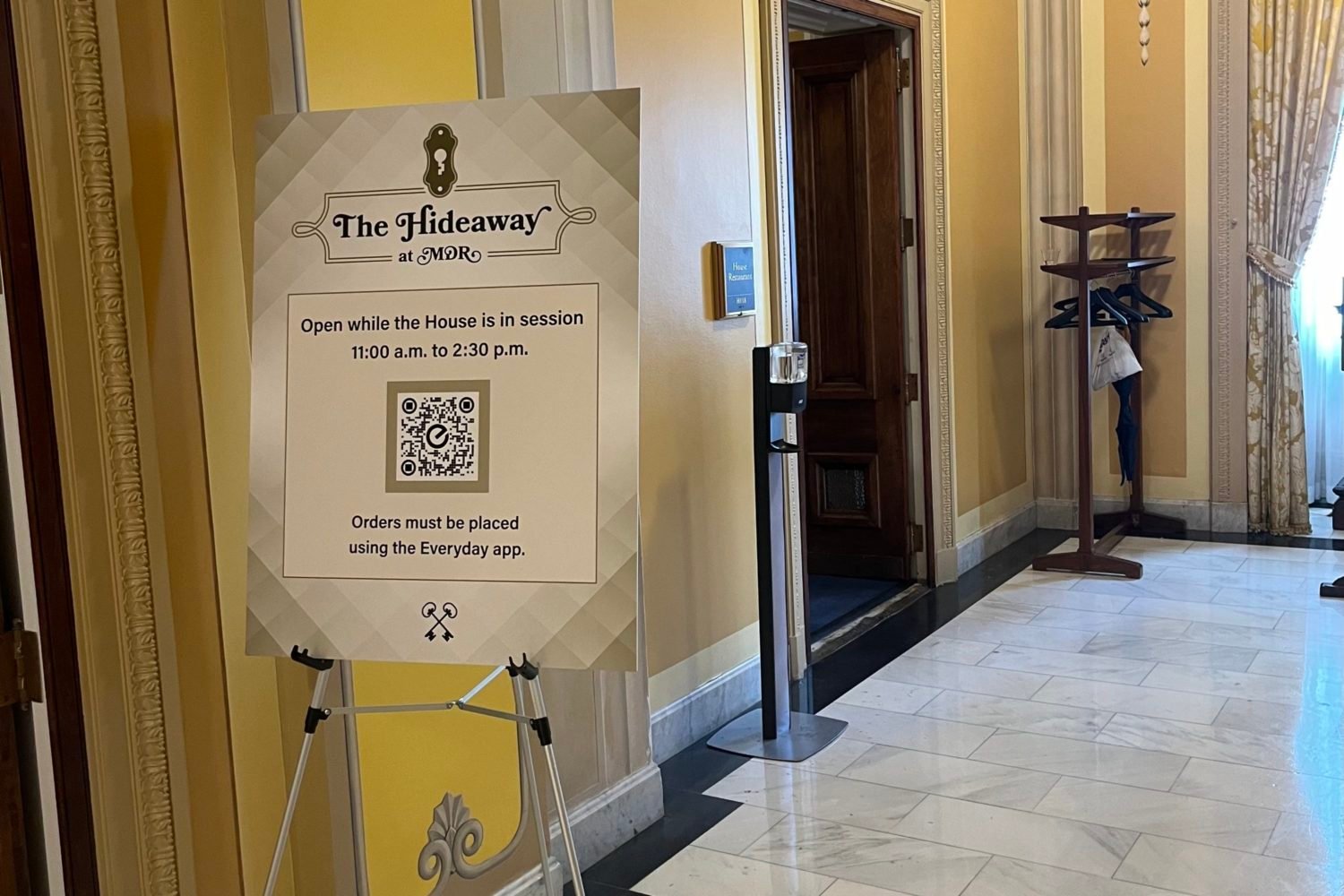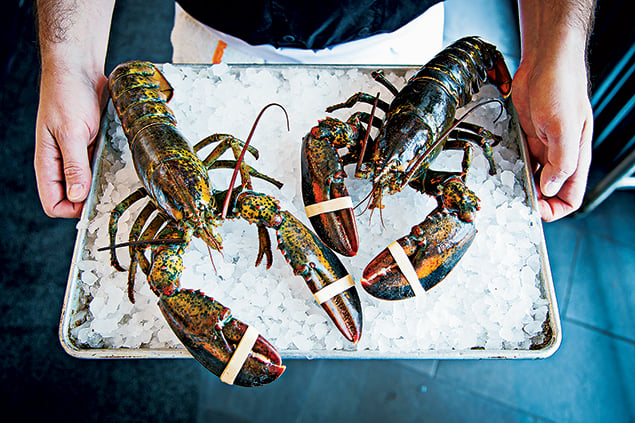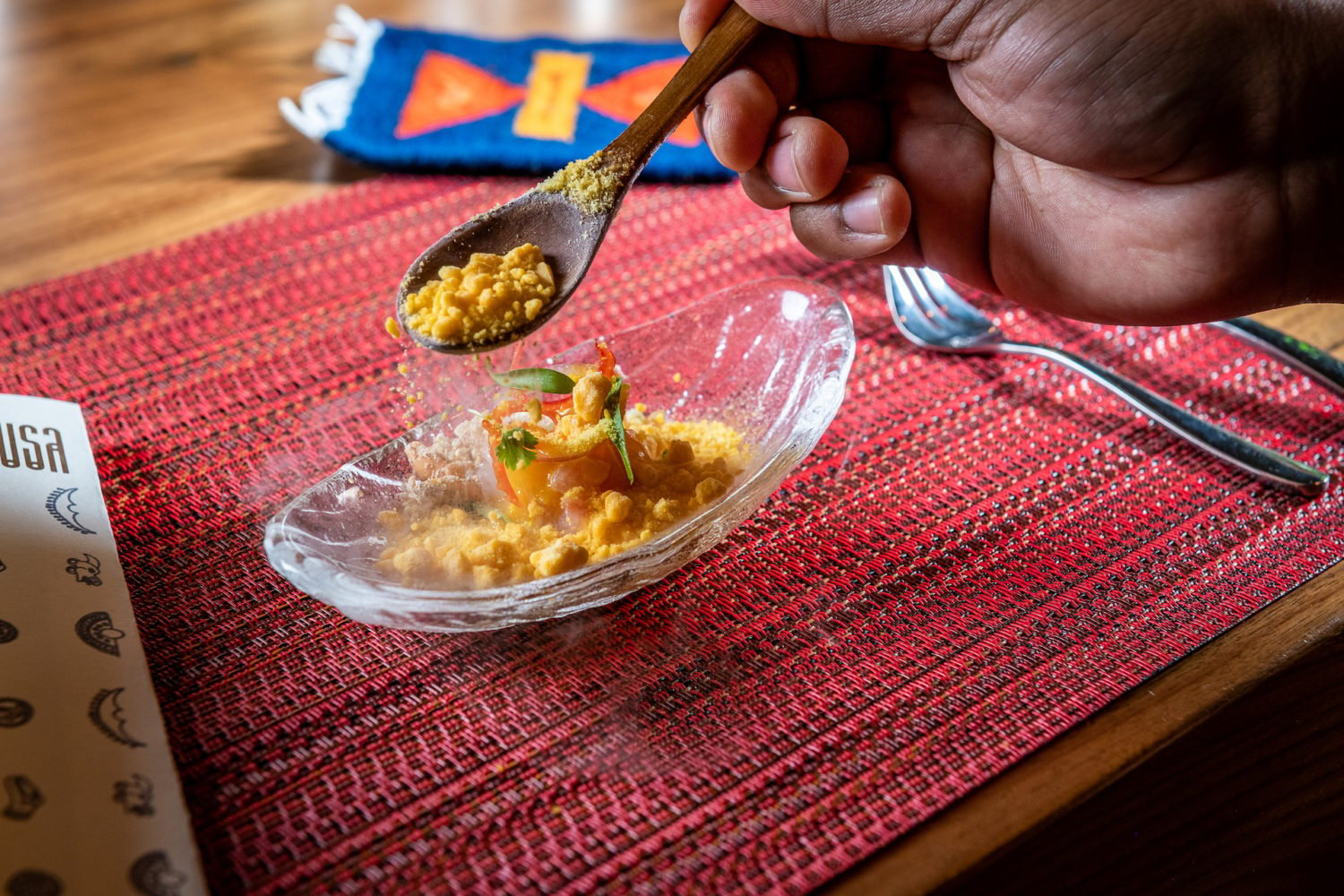Eola is such a quiet, understated restaurant, in a softly lit townhouse off Dupont Circle with the air of a private dinner party, that I did a double take when a spoonful of soft-cooked pork heart was set before me one night on the lacquered oak table. This was the amuse-bouche, the small bite a chef sends out at the start of a meal to whet appetites for the courses to come?
The friend who’d joined me for dinner was even more surprised. “Did you say heart?” she asked the waitress, who responded as if a spoonful of offal was the most natural beginning to a meal, better than a thimbleful of soup.
The heart had been cooked sous-vide for 24 hours in duck fat and topped with crushed turnips and brandied cherries. Still, it was something of a jolt.
From there, my friend and I dug into our first courses, which were, in every sense of the word, gutsy. Pork croquettes had the texture—smooth inside, crunchy outside—of ham croquetas, a Cuban staple, but with a deeper flavor. The secret: pork head rather than ham. Chicken-fried tongue was even better, with a meltingly soft inside reminiscent of rendered pork belly.
Offal is more popular than ever, as resourceful chefs, trying to cut costs, are buying by the animal instead of by the part. But as interested as Eola chef Daniel Singhofen might be in thrift, he’s more interested in demonstrating that rusticity and rootedness can be as exciting as any exercise in molecular gastronomy.
Singhofen is not a “name.” Nor is he connected to a name, as chefs who open their own places often are. He comes to Washington by way of Orlando, his hometown, where he cooked at a couple of well-regarded restaurants before turning in his apron to follow his fiancée, an employee of the World Bank, north in 2007.
Eola is similarly low-key. Singhofen’s investors? His parents. The restaurant opened this fall amid a flurry of bigger, more anticipated debuts and without benefit of a publicist.
The first time I ate there, in early October, I was struck both by its ambition and its naiveté, its seeming indifference to the realities of running a high-level restaurant in a recovering economy. I wondered if the place was doomed to meet the fate of a lot of upmarket start-ups that put more store by innovation than by consistency, that try too hard at things most diners don’t care about and not hard enough at things that matter.
A sunchoke velouté with raisin froth was near perfect, as precise and interesting as any soup coming out of the area’s more celebrated kitchens. Then came a rabbit ballotine—essentially a sausage made from different parts of the rabbit. It was a good example of Singhofen’s rustic aesthetic, but for something so hearty, the portion was oddly stinting: two pieces. But there was nothing stinting about the $27 price.
My friend ordered the wild salmon, which Singhofen elected to cook only on one side, rendering half the fish a kind of oversize piece of sashimi. It was more intriguing than rewarding—and at $29 an expensive experiment.
We split a dessert, a play on peanut butter and jelly that was shockingly tiny—a melon-ball-size scoop of grape sorbet, a cracker-size piece of brioche spread with peanut-butter mousse, a shot glass of warm cinnamon milk—and, given the restaurant’s fondness for offal, remarkably precious.
Eola that night seemed a restaurant caught in the middle. It wasn’t just that there were some very good dishes and some mystifying ones. The degree of daring was akin to that of a celebrity-chef destination, but Eola lacks the deep pockets that enable those establishments to ensure that there are ample treats—truffled rolls, pots of country pâté—to soften the pain of the check. The quality of goods was there but not the quantity, and without being able to deliver respectable portions, Eola was in danger of coming across more as pretentious than as a struggling independent.
This is the reason top talents so often end up at high-end hotels. Restaurants such as Komi and Obelisk—intimate, personal spaces with driven and visionary chefs—are the exception, not the norm. The fact that Eola obviously had modeled itself after these places—a moodily lit townhouse restaurant endeavoring to blend sophistication and simplicity—was intriguing, and I decided to take another look several weeks later.
Good restaurants learn and evolve, and Eola got better as it settled in. Portions became bigger, its tendency toward preciousness faded, and Singhofen learned to better integrate his desire to innovate and the need to satisfy an audience.
The menu changes frequently, but to Singhofen’s credit, the dozen or so dishes that make up the nightly selection don’t vary that much—just enough to keep him and his staff fresh and to accommodate the vagaries of the food supply. He sources locally when possible—wild rockfish is a staple, and much of the produce comes from local farms. But he doesn’t limit his menu to what’s nearby. Pheasant and wild sturgeon are in the repertoire, too.
Any chef who would serve offal as a palate teaser is bound to be good with big, hearty flavors, and Singhofen is—his house-made pastas and long-cooked off-cuts of meat are among the best reasons to visit. The pastas include pliant agnolotti stuffed with braised greens, whose bitterness leavens the richness of the butter sauce, and a bowl of tagliatelle with a runny poached egg glossing the springy noodles.
Of the long-cooked meats, the best I ate was a breast of veal. Veal breast is a poor cousin to the better-known rack or the chop, and in flush times you probably wouldn’t see it on a menu because what shows up on the plate after a long, slow braise is an unlovely piece of meat. In this case, it was an ideal choice for a midwinter night, a flavorsome hunk of richness that reminded me of Singhofen’s chicken-fried tongue, which had reminded me of pork belly.
His pork jowl amounted to a kind of culinary doubling-down. Most diners might be tempted to try a piece of pork jowl artfully presented as an appetizer, but as an entrée it seems too much: too porky, too rich. The jowl proved more tender than it looked, with a flavor you can’t get from a pork chop—a wild earthiness that made me think of eating in the South from an animal that had been butchered that afternoon.
For me, this rusticity punches the same buttons that “local” and “seasonal” do for many other diners. It tells me I’m in the hands of a chef who understands that tradition is more important than trend and that cooking, at its best, is a means of connecting, of rooting us more fully in a time and place.
It’s why I found myself one night polishing off a dish I otherwise might have given up on after a few bites—a breast of pheasant that was slightly overcooked but whose flavors were deep and true. Its accents—deviled quail eggs, perfectly cooked spaetzle, briny olives—were so good they could have constituted a separate dish.
Because he’s young and willing to experiment, Singhofen is prone to the occasional overproduction. I loved the velouté made with sunchokes, but a variation that he offered many weeks later, prepared from salsify and accented with banana peppers, was disappointingly bland. A pumpkin risotto was typical of the busy plates many slick, Modern American restaurants routinely send out (too many ingredients, too many ideas). It ended up being an inadvertent reminder that when Singhofen puts his skills in service of coming up with the most intense, most fulfilling version of a simple dish, he succeeds more than when he tries to reinvent a known quantity.
He’s learning. I was glad to see the PB&J dessert had been jettisoned. On subsequent visits, pastry chef
Donald Smith offered an apple galette, a roulade filled with mocha cream, and a spiced pumpkin savarin with Armagnac-soaked prunes. Here were sweets that were robust, seasonal, and polished—akin to the best of Singhofen’s savories.
If Eola is going to become the restaurant it can be, Singhofen probably will have to narrow his focus—he can’t please both the wildly adventurous and everyone else. He needs time to make mistakes and grow from them, and Eola needs diners willing to forgo some certainties for the deeper satisfactions of watching a place develop—diners willing to take the time to discover that heart, at Eola, is not just an opening gambit.
This appears in the February 2010 issue of The Washingtonian.






